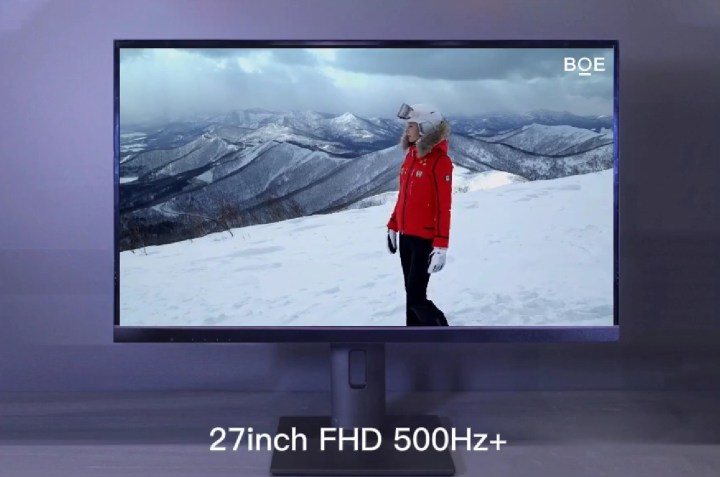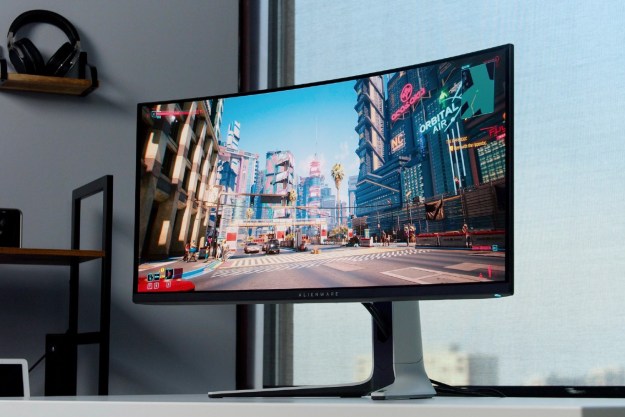Display screen manufacturer BOE has announced the world’s fastest gaming monitor, one that is capable of reaching a refresh rate of 500Hz.
The monitor itself sports a Full HD, 27-inch display panel that comes equipped with an 8-lane eDP connection, 1ms response time, and true 8-bit color gamut support.

As for how the gaming monitor manages to deliver such a high refresh rate, BOE integrated a high-mobility oxide backplane into the screen, as reported by Tom’s Hardware. The company is a leader in oxide semiconductor display technology, which explains how it was able to build the record-breaking 500Hz monitor. Previously, the fastest gaming monitor ever made was the Asus ROG Swift 360Hz PG259QNR.
While non-gamers won’t notice too much of a difference beyond an overall smoother performance for everyday use such as web browsing, the refresh rate level is an important factor for gamers. The refresh rate of a monitor is measured in hertz (Hz). The amount of Hz translates to how many times the on-screen image is refreshed every second. As such, if a user has a powerful enough graphics card installed on their system, they can benefit from an enhanced gaming experience due to the higher frames per second (fps) rate, reduced input lag, and more.
Although BOE’s new gaming monitor is certainly impressive, and comfortably exceeds refresh rates from the fastest gaming monitors in today’s market, it’s important to note that it still features a Full HD screen, which is only able to offer a 1080p resolution.
The latest gaming monitors that were recently revealed at CES 2022 include the likes of the Samsung Odyssey Neo G8, a 4K monitor that delivers a refresh rate of 240Hz. Granted, that’s still considerably lower than 500Hz, but we’re not at the stage where an average graphics card can handle such a high level of frame rate.
As VideoCardz points out, Full HD gaming monitors are no longer the norm due to the emergence and increasing popularity of 1440p and 4K panels. However, 1080p
BOE has yet to unveil pricing or availability for its 27-inch monitor, but it did announce another product in the form of a 110-inch 8K 120Hz display panel.
Lately, companies have showcased how they’re innovating the gaming monitor market. For example, we are starting to see more TV-sized monitors. Most recently, Acer unveiled its OLED Predator CG48, which is equipped with a 4K 48-inch screen. Samsung, meanwhile, demonstrated a 55-inch rotating curved monitor at CES 2022.
Editors' Recommendations
- 4 gaming monitors you should buy instead of the Alienware 34 QD-OLED
- MSI and Asus just flipped the script for their OLED gaming monitors
- I’m a monitor reviewer, and these are the upcoming displays I’m most excited about
- Anything is possible in this new era of gaming monitors
- This surprise 480Hz QHD OLED gaming monitor just won CES





